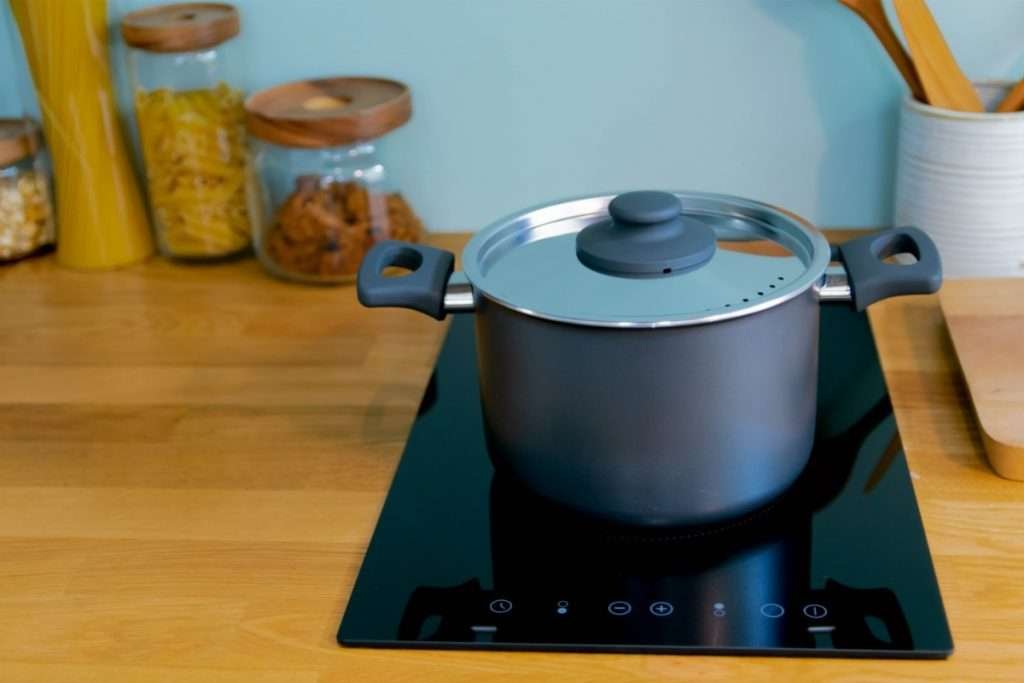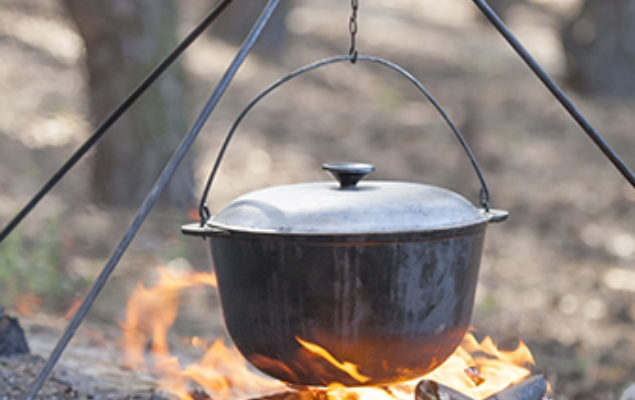Introduction: Preserving Your Cast Iron Cookware
Cast iron cookware is a staple in many professional kitchens due to its durability, heat retention, and versatility. However, one of the biggest challenges kitchen professionals face is learning how to avoid scratches with cast iron. Scratches can compromise the seasoned surface, leading to rust and diminished performance. In this comprehensive guide, we will explore practical techniques to maintain your cast iron cookware, ensuring it remains in pristine condition.

Understanding the Importance of Seasoning
Seasoning is the process of creating a natural, non-stick layer on your cast iron cookware. This layer is developed by applying oil and heating the cookware, a method that seals the iron and prevents food from sticking. Proper seasoning is crucial for preventing scratches and maintaining the cookwares integrity. When the seasoning is intact, it acts as a protective barrier against scratches.
Proper Cleaning Techniques
One of the most effective ways to avoid scratches is by employing the right cleaning techniques. Never use abrasive materials like steel wool or harsh scouring pads. Instead, opt for a soft sponge or a gentle brush. After cooking, allow your cast iron to cool slightly, then rinse it with warm water while gently scrubbing any food residues. For stubborn bits, boiling water in the pan can help loosen them without the need for aggressive scrubbing. For more detailed cleaning tips, check out this guide.
Avoiding Metal Utensils
Metal utensils can easily scratch the surface of your cast iron cookware. Opt for silicone, wooden, or high-quality plastic utensils to preserve the seasoning. These materials are gentle on the surface and help maintain the integrity of the non-stick layer.
Seasoning Your Cast Iron
Regular seasoning is vital for protecting your cookware from scratches. Here are steps to ensure a well-seasoned pan:
- Clean the cast iron thoroughly with warm water and a soft brush.
- Apply a thin layer of vegetable oil or flaxseed oil to the entire surface, including the exterior.
- Place the cookware upside down in an oven preheated to 375F (190C).
- Allow it to bake for about an hour, then let it cool inside the oven.
For more seasoning techniques, explore this presentation tips article.
Proper Storage Solutions
Storing your cast iron cookware correctly can prevent scratches and extend its lifespan. Avoid stacking cast iron pieces directly on top of each other. Instead, place a protective layer between them, such as a soft cloth or a paper towel. This simple step can prevent friction and potential damage.

Using Cast Iron on Induction Cooktops
Many kitchen professionals are adopting induction cooktops for their energy efficiency and precision. However, using cast iron on these surfaces requires special care. Ensure that the bottom of your cast iron is flat and free from any rough edges that could scratch the cooktop. Additionally, always lift the cookware instead of sliding it across the surface. For more insights, visit this Lodge article.
Handling and Transportation
When transporting cast iron cookware, especially in professional settings, ensure it is securely packed to prevent movement and contact with other hard surfaces. Consider using padded bags or wraps for additional protection. For more tips on packing, explore this takeout guide.
FAQ Section
What is the best way to clean cast iron without scratching it?
Use a soft sponge or brush with warm water to gently remove food residues. Avoid using abrasive materials or harsh chemicals to preserve the seasoning.
Can I use soap on cast iron cookware?
While a mild soap can be used occasionally, its essential to reseason the cookware afterward to restore the protective layer.
How often should I season my cast iron?
Ideally, you should season your cast iron cookware after every use, especially if you notice the surface becoming dull or if food starts to stick.
Conclusion: The Art of Cast Iron Care
Maintaining your cast iron cookware in top condition requires attention to detail and a commitment to proper care. By following the tips outlined above, you can master how to avoid scratches with cast iron cookware, ensuring your kitchen tools remain effective and long-lasting. Keep exploring and applying these strategies to elevate your culinary creations.






Leave a comment
This site is protected by hCaptcha and the hCaptcha Privacy Policy and Terms of Service apply.